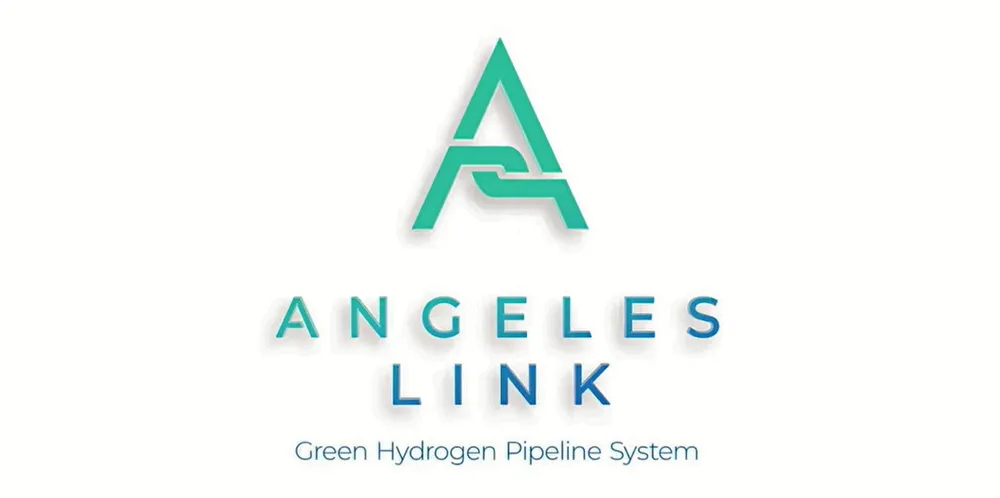SoCalGas unveils 10-20GW green hydrogen plan for Los Angeles, powered by 25-35GW of wind and solar
The Angeles Link would 'significantly reduce' emissions from heavy-duty trucks, industrial processes and 'other hard-to-electrify sectors of the Southern California economy', the utility says
